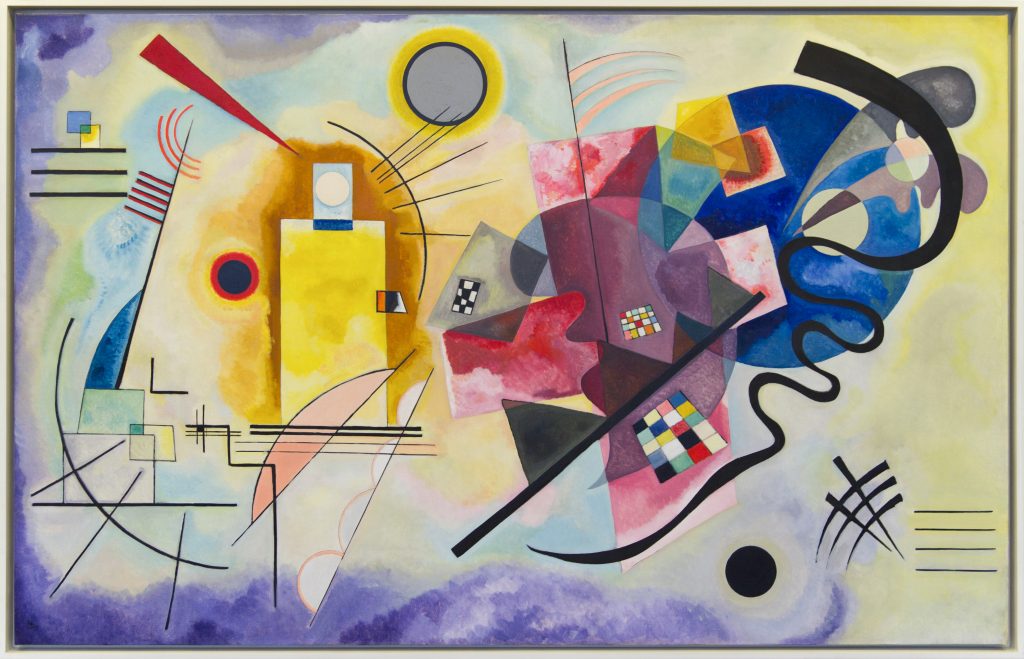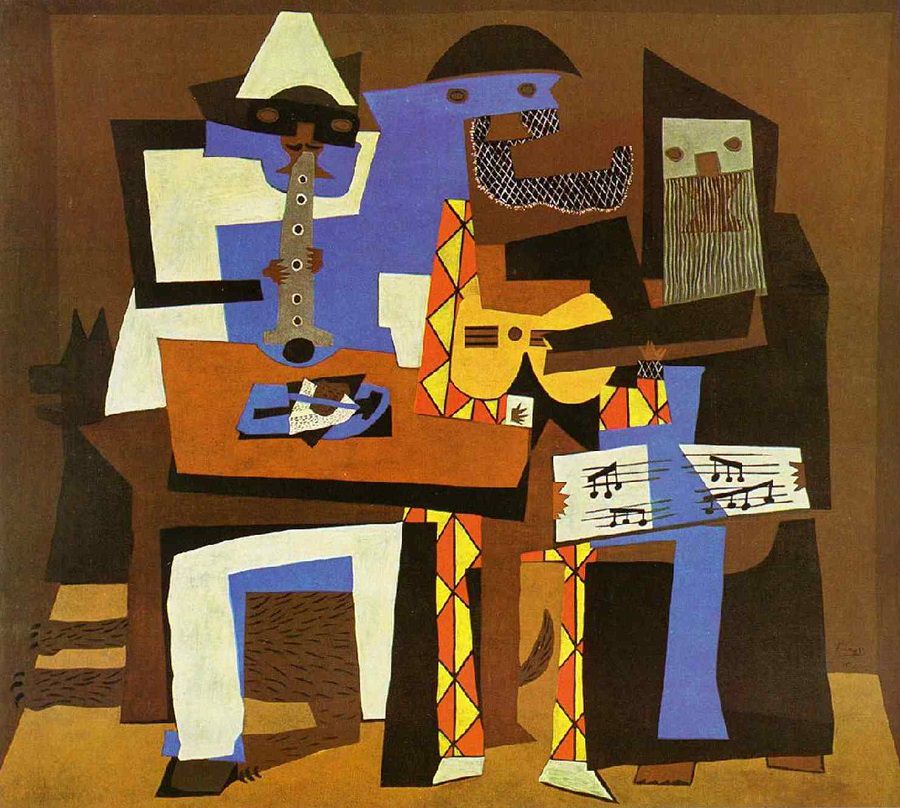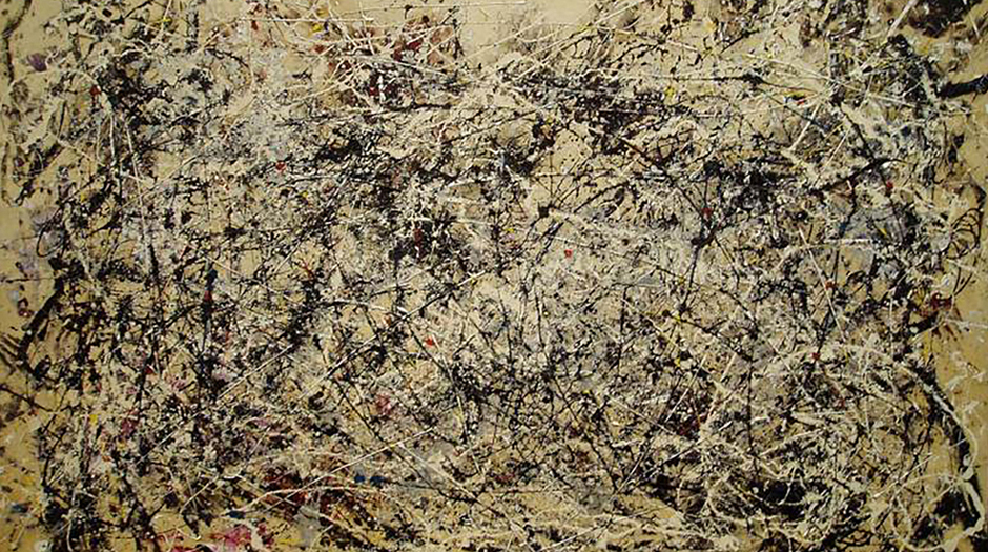Abstract art represents a profound shift in the way we perceive and create visual expressions, moving away from the literal representation of the world to something more introspective and emotional. At its core, abstract art is a form of visual art that does not attempt to depict an accurate representation of visual reality. Instead, it employs shapes, colors, forms, and gestural marks to achieve its effect, often evoking feelings, ideas, or sensations without relying on recognizable subjects. This genre challenges viewers to engage with the artwork on a personal level, interpreting it through their own experiences rather than through a prescribed narrative.
The term "abstract" in art can be traced back to the Latin word "abstrahere," meaning "to draw away" or "to withdraw." In practice, abstract art withdraws from the tangible world, focusing on the essence of things rather than their appearance. It can be partially abstract, where elements of reality are distorted or simplified, or fully non-objective, where no reference to the external world exists at all. For instance, in partial abstraction, artists might start with a familiar object like a landscape or figure and then deconstruct it into geometric forms or bold colors, making it less identifiable but still hinting at its origins.
What makes abstract art so compelling is its ability to transcend cultural and linguistic barriers. It speaks directly to the subconscious, allowing for a universal dialogue between the creator and the observer. Unlike representational art, which mirrors the physical world, abstract works invite introspection and emotional response. This freedom from mimetic constraints has allowed artists to explore themes such as spirituality, emotion, and the human condition in innovative ways. As a result, abstract art has become a cornerstone of modern and contemporary art, influencing everything from painting and sculpture to digital media and design.
To truly grasp abstract art, one must consider its historical context, which reveals how societal changes, technological advancements, and philosophical shifts propelled its development. Emerging prominently in the early 20th century, it was a reaction against the rigid academic traditions of the time, embracing experimentation and individuality.
The History of Abstract Art
The roots of abstract art can be found in the late 19th century, amid the turbulence of industrialization and the questioning of traditional values. Artists began to experiment with form and color in ways that deviated from realism. For example, the Impressionists like Claude Monet started to prioritize light and atmosphere over precise details, laying the groundwork for abstraction. However, it was in the early 1900s that abstract art truly took form, pioneered by visionaries who sought to express inner realities.
One of the key figures in this evolution was Wassily Kandinsky, often credited as the father of abstract art. In 1911, Kandinsky painted what is considered one of the first purely abstract works, inspired by music and spirituality. His belief that art should evoke emotions similar to those stirred by a symphony led to compositions filled with vibrant colors and dynamic lines.
Around the same time, in Russia, Kazimir Malevich founded Suprematism, a movement that emphasized pure geometric forms and the supremacy of feeling over objective representation. His iconic "Black Square" from 1915, a simple black square on a white background, symbolized a radical break from the past, declaring the end of representational art.
This piece challenged viewers to find meaning in minimalism, influencing future minimalist artists.
In Europe, movements like Cubism, developed by Pablo Picasso and Georges Braque, bridged the gap between representation and abstraction. Cubism fragmented objects into geometric planes, presenting multiple viewpoints simultaneously. Picasso's works, such as his analytical cubist paintings, abstracted human forms and still lifes, paving the way for full abstraction.
Following World War I, the De Stijl movement in the Netherlands, led by Piet Mondrian, pursued universal harmony through grid-based compositions using primary colors and straight lines. Mondrian's "Composition with Red, Blue, and Yellow" exemplifies this quest for balance and order in a chaotic world.
The interwar period saw abstraction spread across continents, with Surrealism incorporating abstract elements to explore the unconscious mind.
Post-World War II, Abstract Expressionism emerged in New York, shifting the art world's center from Paris to America. This movement, characterized by spontaneous, gestural techniques, included action painting and color field painting. Artists like Jackson Pollock revolutionized the canvas with his drip technique, creating all-over compositions that embodied energy and chaos.
Mark Rothko, on the other hand, focused on large fields of color to evoke transcendental experiences.
These developments marked abstract art's maturation, influencing subsequent movements like Minimalism and Op Art in the 1960s.
Key Artists and Iconic Works
Wassily Kandinsky's journey into abstraction was deeply influenced by his synesthesia, where he "heard" colors. His "Composition VIII" from 1923 features a symphony of geometric shapes and lines, symbolizing cosmic harmony. This work exemplifies lyrical abstraction, where emotion flows through fluid forms.
Kazimir Malevich's Suprematist works, like "Black Square," stripped art to its essentials, arguing that true art lies in pure sensation. His philosophy inspired generations to question the purpose of art.
Piet Mondrian evolved from landscape painting to pure abstraction, seeking spiritual order. His grid paintings, using black lines and primary colors, reflect a utopian vision of balance.
Jackson Pollock's drip paintings, such as "Number 1A, 1948," were created by pouring paint onto a canvas laid on the floor, capturing the artist's physical movement and subconscious impulses. This technique, known as action painting, made the act of creation as important as the result.
Mark Rothko's color field paintings, like "No. 61 (Brown, Blue, Brown on Blue)," use large, soft-edged rectangles of color to immerse viewers in emotional depth, often evoking contemplation or melancholy.
Other notable figures include Joan Miró, whose biomorphic abstractions blended surrealism with playfulness, and Helen Frankenthaler, who pioneered soak-stain techniques in color field painting.
These artists not only defined abstract art but also expanded its boundaries, making it a versatile medium for expression.
Techniques and Styles in Abstract Art
Abstract art encompasses diverse techniques, from geometric precision to expressive gestures. Geometric abstraction, seen in Mondrian's work, uses shapes like squares and lines to create harmony. Lyrical abstraction, as in Kandinsky, emphasizes fluid, organic forms and vibrant colors to convey emotion.
Action painting involves dynamic application of paint, often with drips or splatters, prioritizing process over product. Color field painting focuses on large areas of color to create atmospheric effects, engaging the viewer's senses directly.
Contemporary abstract artists incorporate mixed media, digital tools, and installations, blending traditional techniques with modern technology. These styles allow for endless innovation, keeping abstract art relevant.
Impact and How to Appreciate Abstract Art
Abstract art has profoundly impacted design, architecture, and popular culture, from Bauhaus principles to modern graphic design. It encourages viewers to engage actively, finding personal meaning in ambiguity.
To appreciate it, approach with an open mind: observe colors, shapes, and textures; consider the artist's intent; and reflect on your emotional response. Museums like the Tate Modern offer immersive experiences that enhance understanding.
In today's world, abstract art continues to evolve, addressing contemporary issues like identity and environment through non-representational means.
FAQ
What is the main difference between abstract and representational art? Abstract art avoids depicting recognizable subjects, focusing on elements like color and form, while representational art aims to portray the visible world accurately.
Who is considered the pioneer of abstract art? Wassily Kandinsky is often regarded as the pioneer, with his non-objective paintings from the early 1910s.
Can abstract art have meaning? Yes, abstract art conveys emotions, ideas, or concepts through visual elements, though the meaning is often subjective and open to interpretation.
What are some famous abstract art movements? Key movements include Cubism, Suprematism, De Stijl, and Abstract Expressionism.
How has abstract art influenced modern culture? It has shaped fields like graphic design, fashion, and architecture, promoting minimalism and emotional expression.
Is abstract art still relevant today? Absolutely; contemporary artists use abstraction to explore digital realms, social issues, and personal narratives.











